Hydraulic cylinders produce linear motion by using pressurized fluid. They vary in design, size and material according to the pressure and temperature requirements, but most hydraulic seals used in cylinders are shaped similar to o-rings but with a more complex profile. Read More…
We manufacturer high quality hydraulic seals that are ideal for a wide range of industries. Here at Global O-Ring and Seal, LLC we are a trustworthy manufacturer who is known for our ability to adhere to all of your special requests. These seals come in a number of different materials including Buna, Viton, Silicone, Teflon, Aflas and more. Please give us a call today to learn more!

Kent Rubber Supply has been a trusted supplier of hydraulic seals since 1946. Focusing in exceeding customer service, we leverage the best equipment and the most knowledge staff to ensure we meet our customers unique needs. With our trusted experts, we determine the best rubber, foam, sponge or PVC material for your specific need. We continue serving customers both offshore and domestic.

At American Rubber Corporation, we specialize in designing and manufacturing high-performance hydraulic seals that deliver reliability and precision in demanding industrial applications. We take pride in engineering seals that maintain fluid integrity under extreme pressure, temperature, and motion, ensuring optimal performance and extended service life for hydraulic systems.

Our list of inventory has grown since our founding over 20 years ago. We started small, but now offer an extensive product list of hydraulic seals, o rings, and other rubber products.
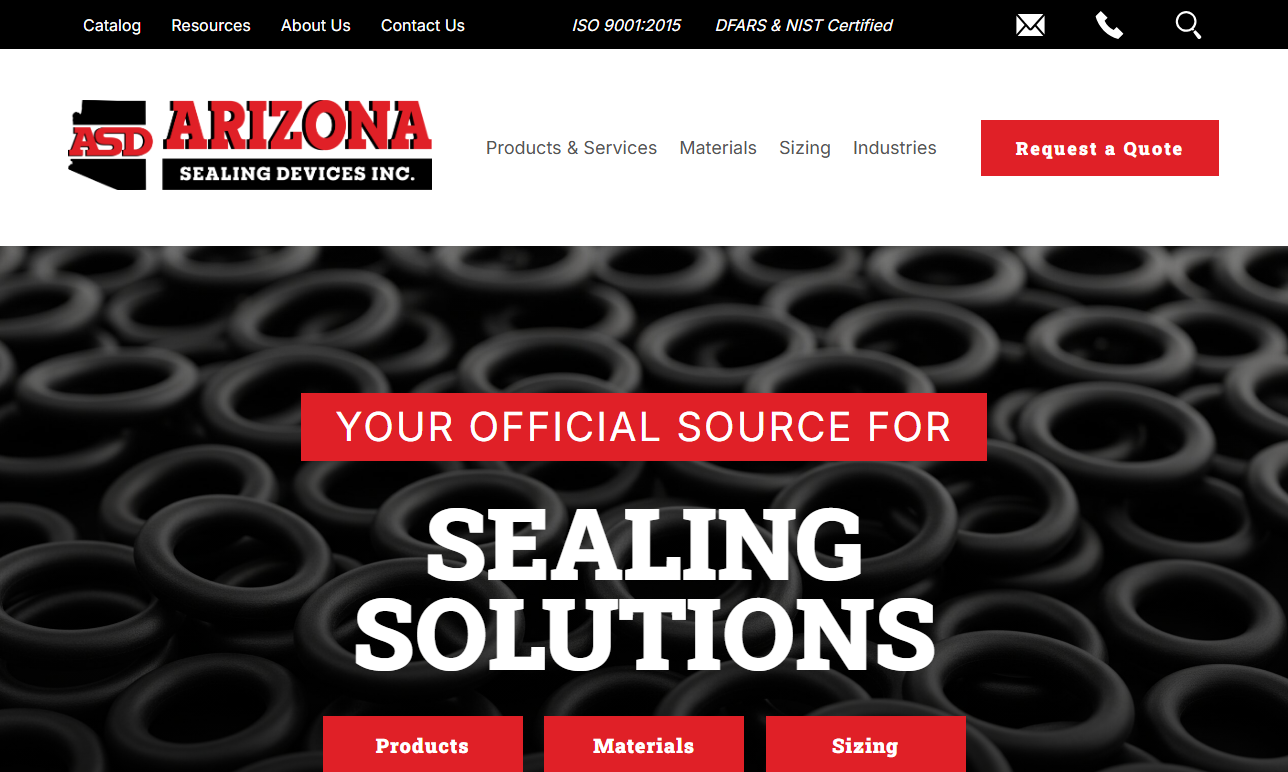
More Hydraulic Cylinder Seal Manufacturers
Hydraulic cylinder seals are made of a wide variety of materials, usually elastomers, including rubber, some plastics, Teflon and sometimes metal like iron. There are a few different parts in a cylinder that require seals. The piston and seals both use them to prevent leaking hydraulic fluid, keep outside particles from entering the cylinder, provide lubrication and eliminate any metal-to-metal contact of different cylinder parts.
These seals are found within the automotive, aerospace, defense contracting, oil and gas, chemical processing, industrial machinery manufacturing, plastic molding, construction, agricultural, forestry and wind power industries, among others. Since all hydraulic cylinders contain multiple seals, they are components in machinery and vehicles like plastic injection molding machines and presses, commercial and military aircraft, cars, bulldozers, excavators, backhoes and turbines. Hydraulic cylinder seals must have low friction, resistance to water, oil and chemicals and be able to withstand extremely high pressures.
The hydraulic cylinder itself is usually composed of aluminum, steel, iron or bronze. It uses water or oil as the pressurized hydraulic fluid that produces energy. They power machinery that has very high force or multiple moving parts that operate simultaneously. Seals are located in the piston, on the cylinder head and on the rod. The piston seal prevents pressurized hydraulic fluid from flowing across the piston.
It is usually made of an elastomeric material. The seal located on the cylinder head prevents pressurized oil from leaking past the interface between the rod and the head, while the rod seal prevents leaking of hydraulic fluid to the outside and provides a degree of lubrication. Hydraulic cylinders also use wear rings, a type of seal that prevents any metal-to-metal contact, as well as rod wipers, which prevent contaminants from entering the cylinder when the extended rod reacts back into the cylinder.
Each seal is equally as important to maintain an efficient and safely operating hydraulic cylinder. Without seals, they would completely fail, causing the machinery to become unusable. While they last for long periods of time, regular maintenance checks to ensure the seals have not worn or aged will prevent seal failure.




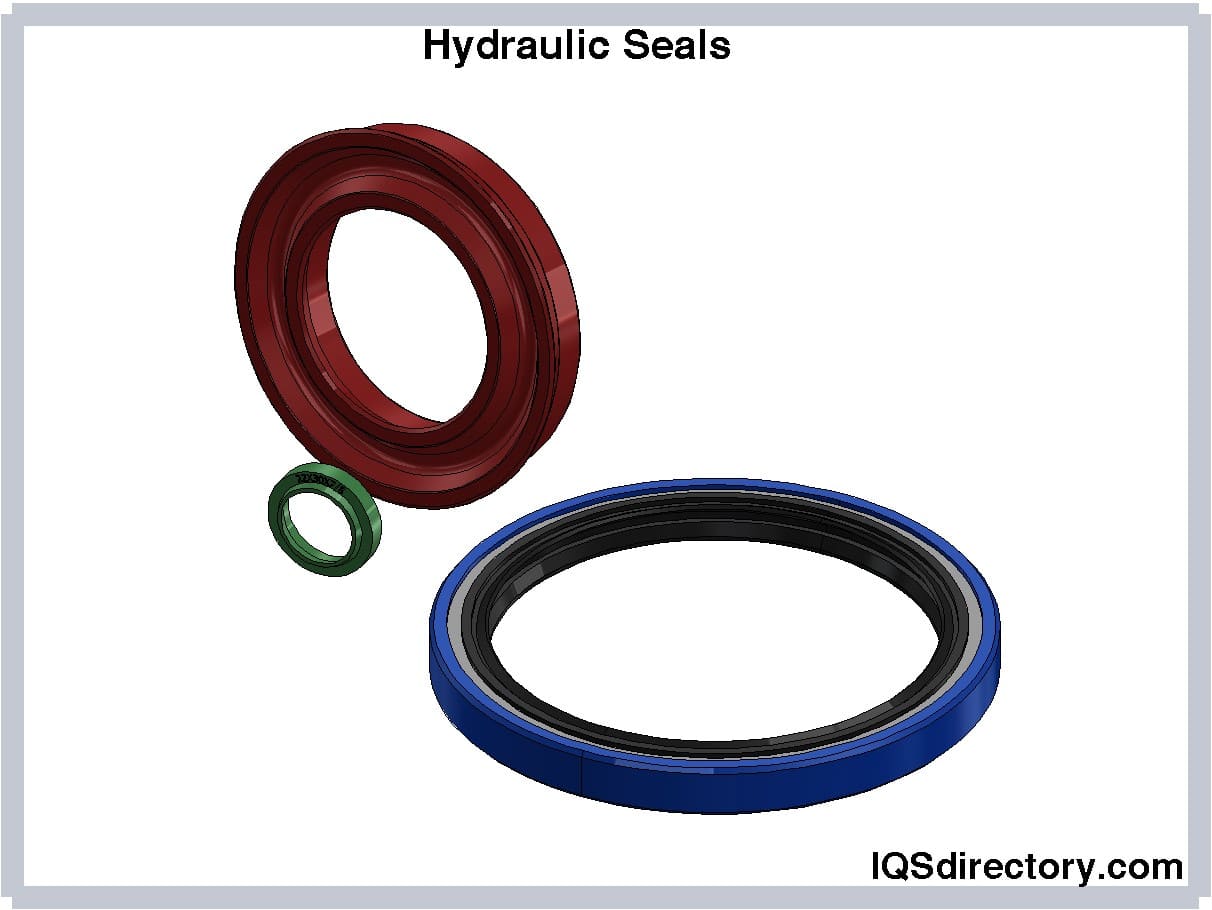
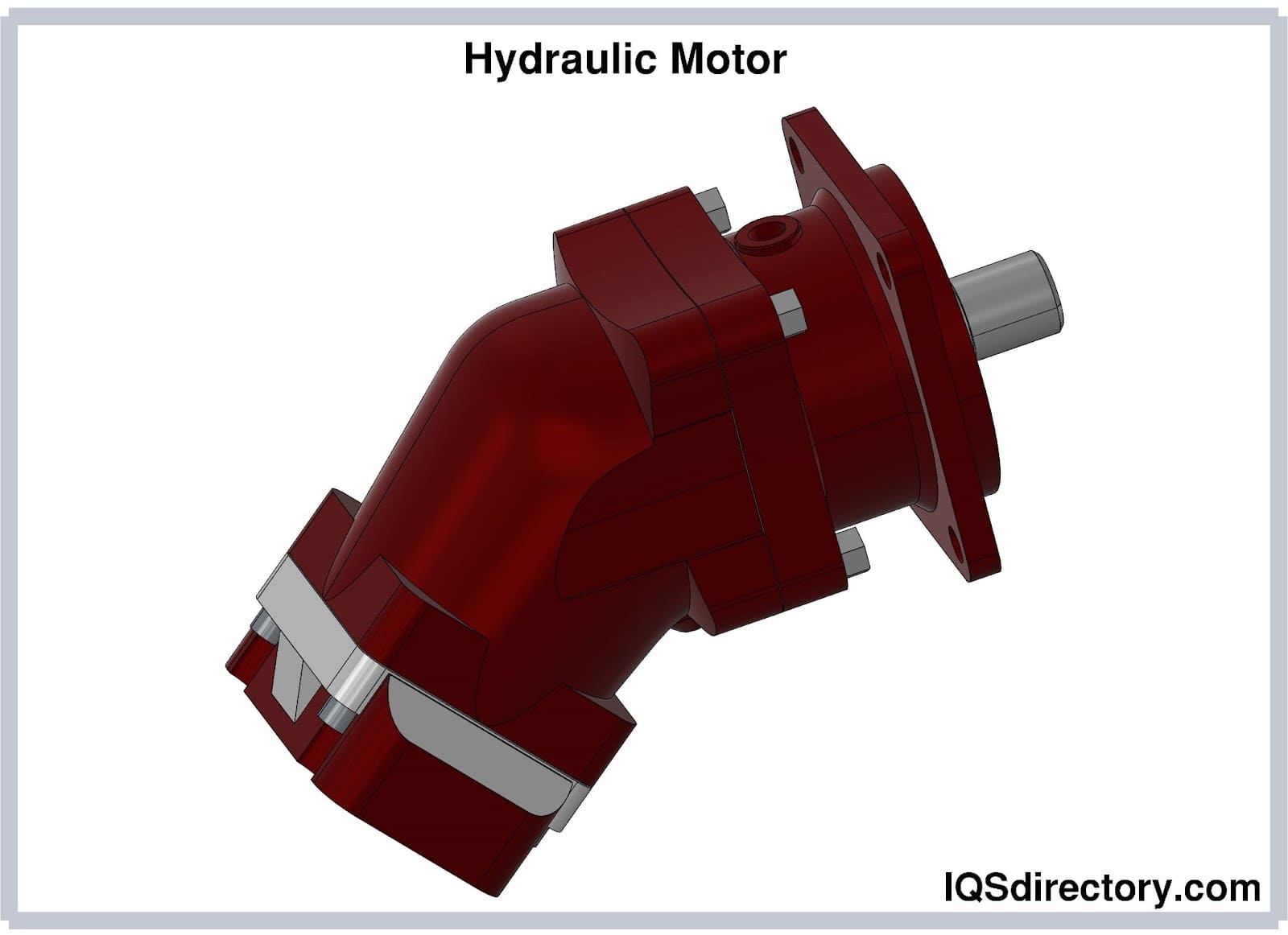
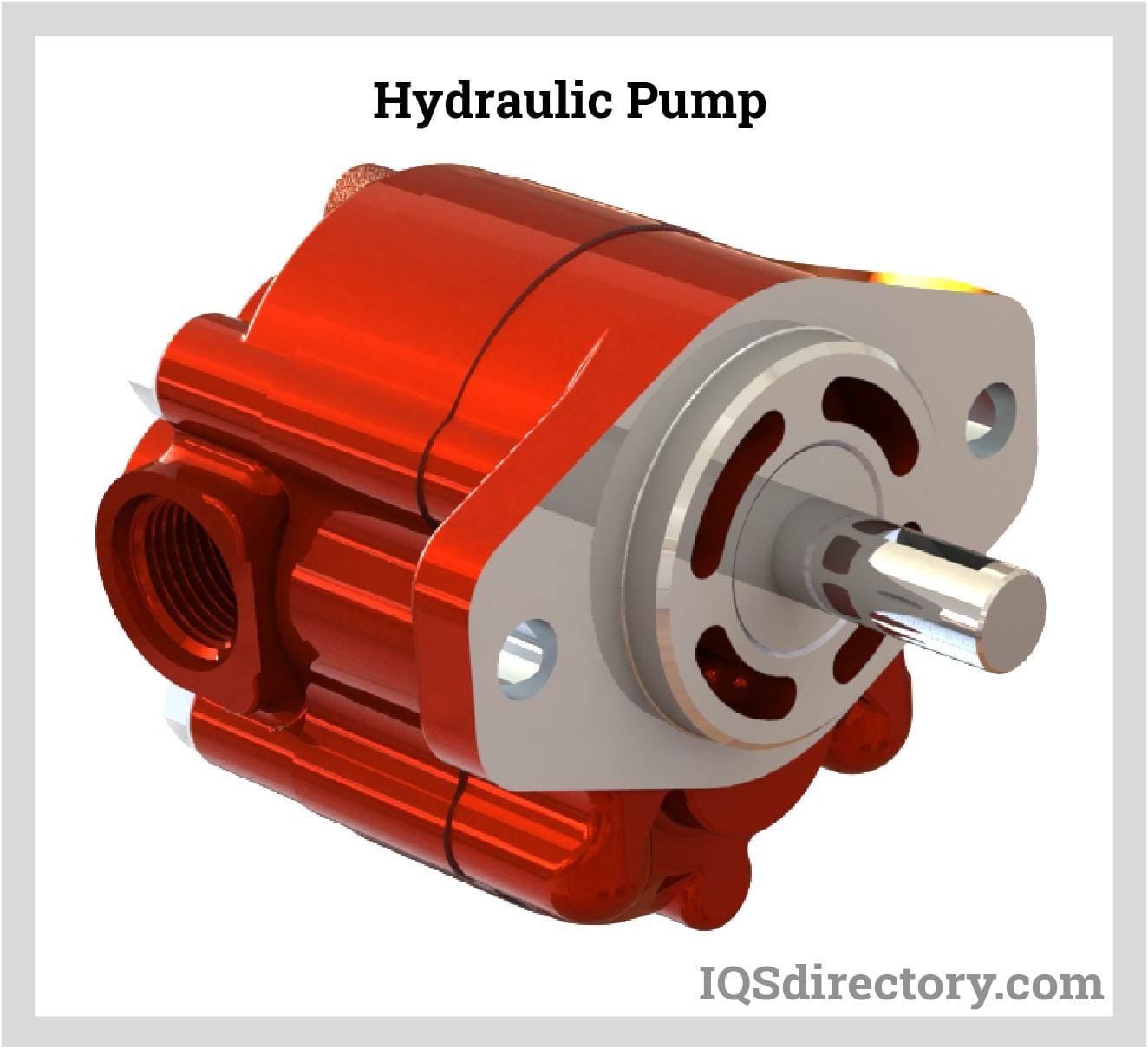
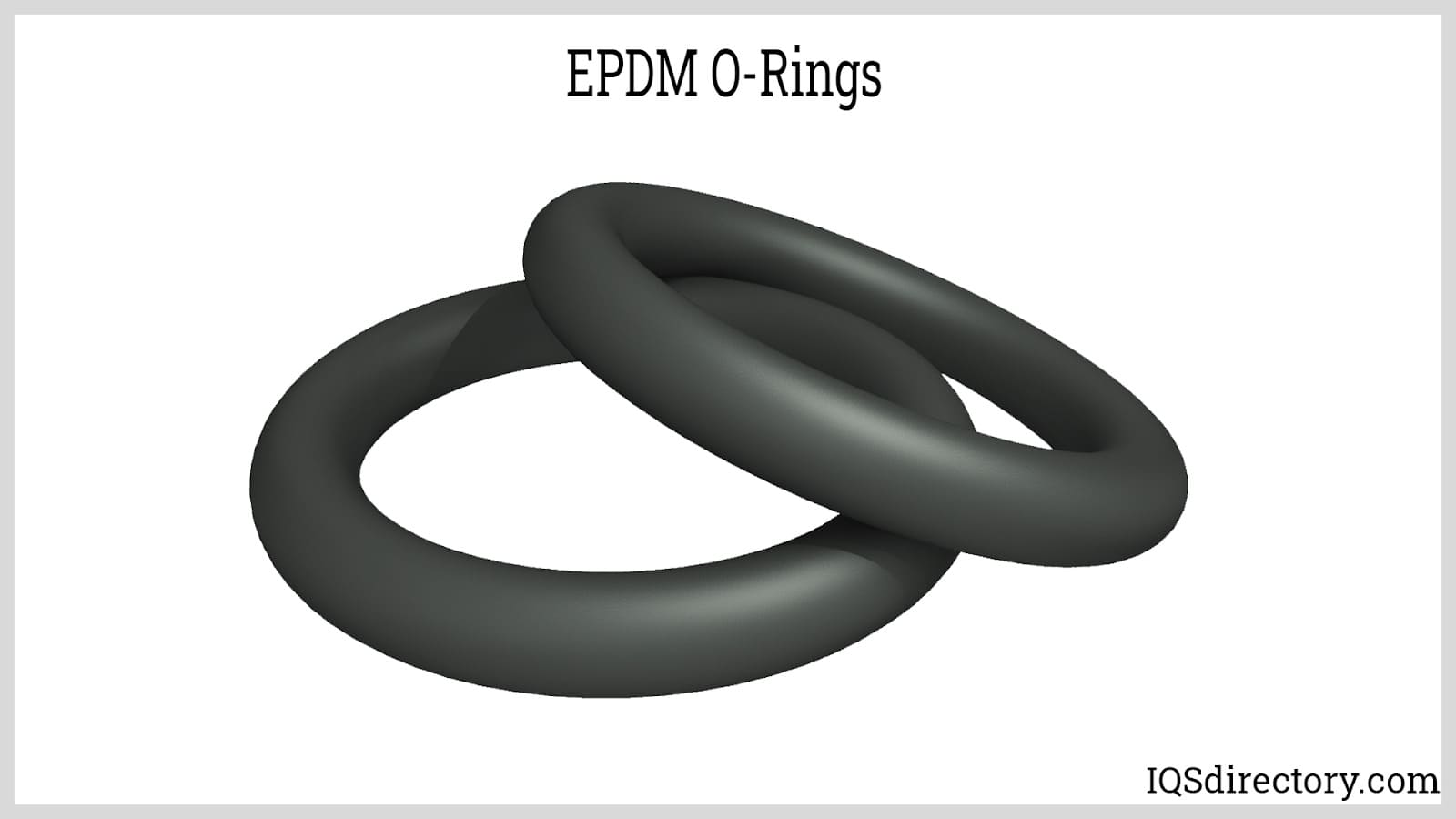
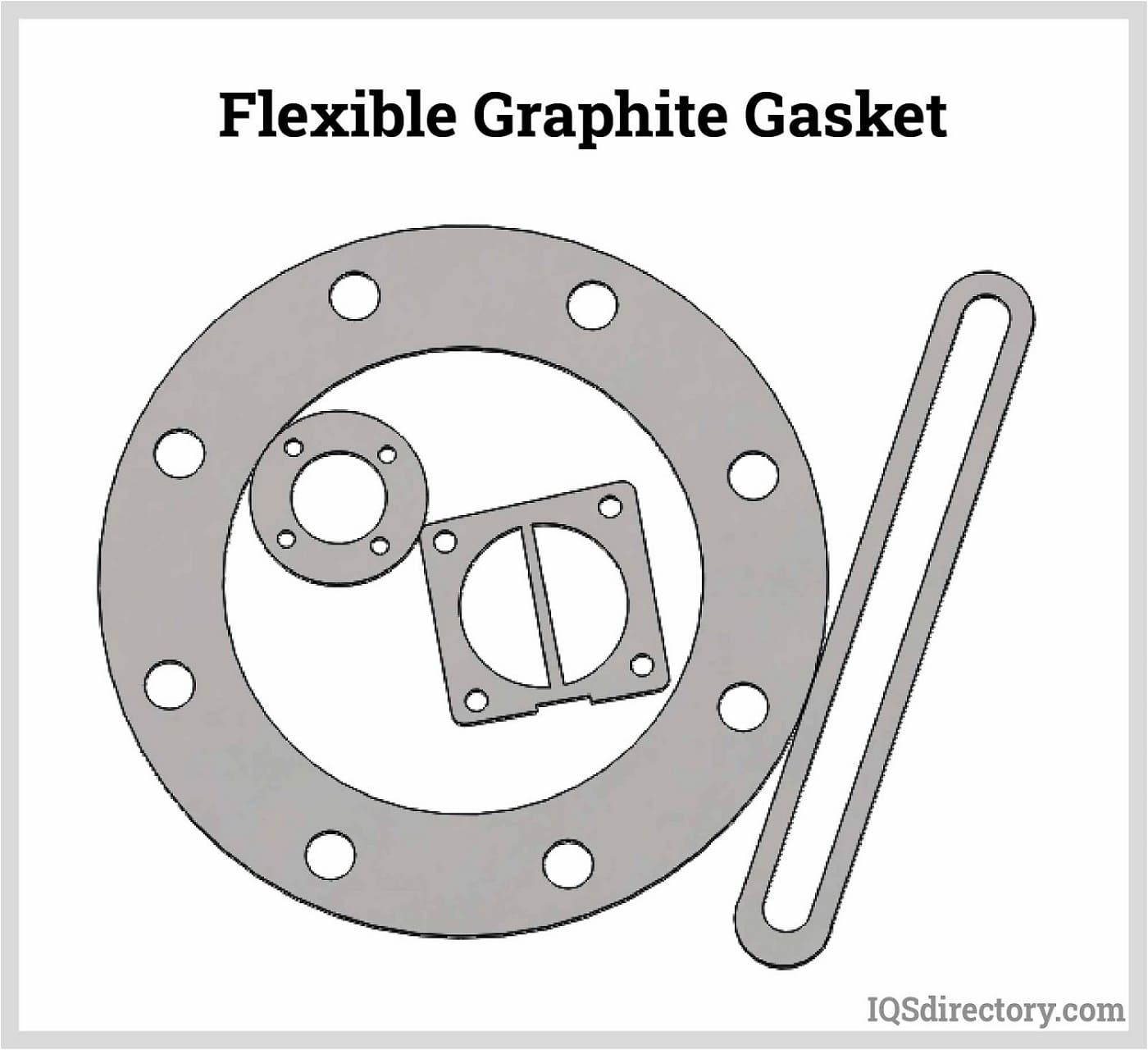
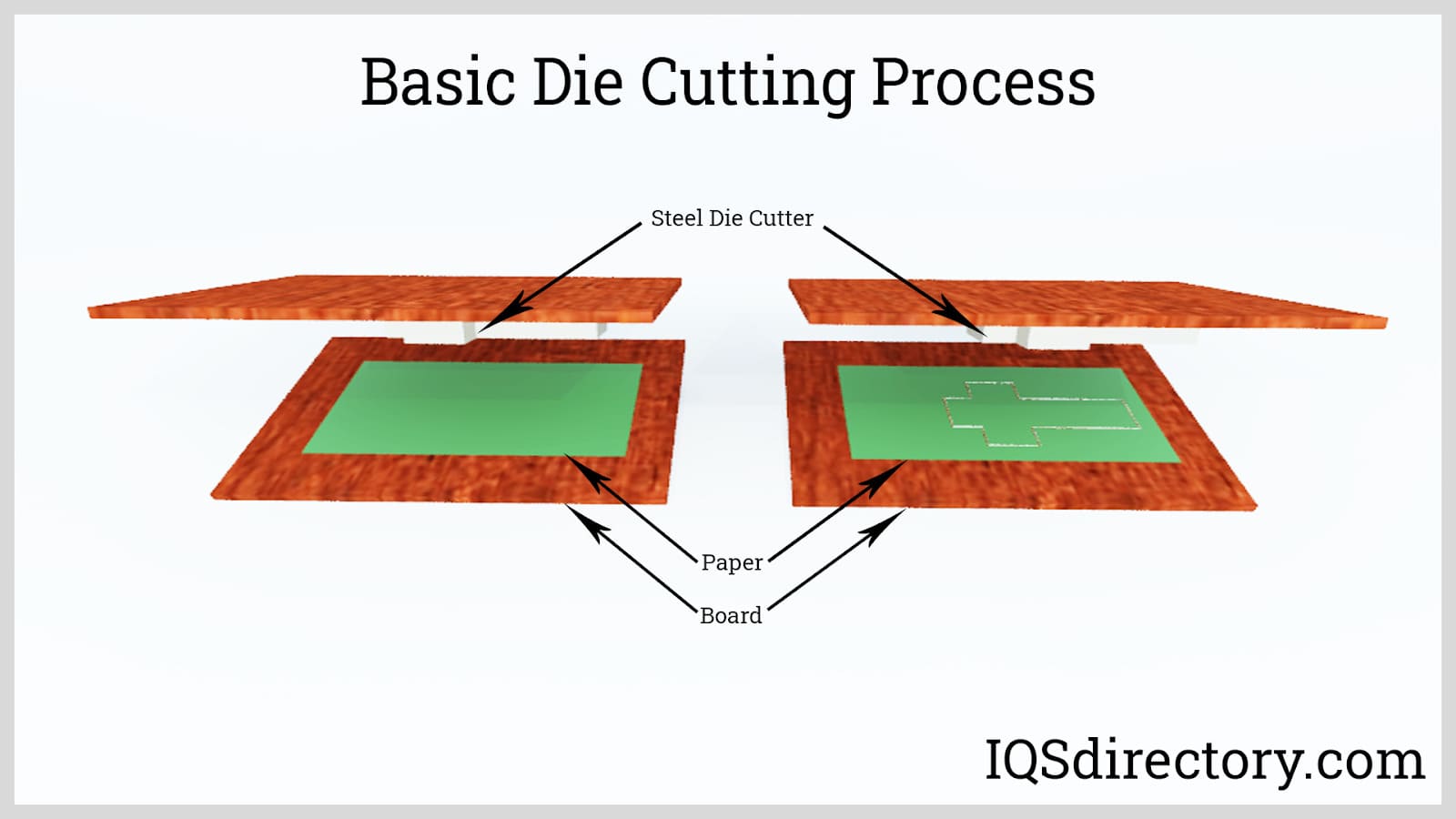
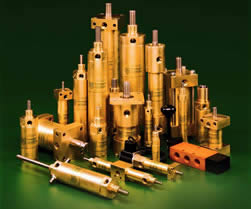 Hydraulic Cylinders
Hydraulic Cylinders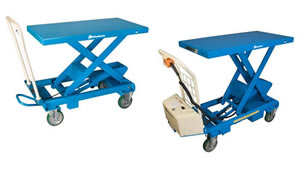 Hydraulic Lifts
Hydraulic Lifts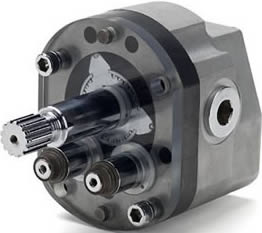 Hydraulic Motors
Hydraulic Motors Hydraulic Presses
Hydraulic Presses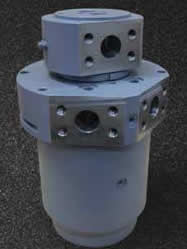 Hydraulic Pumps
Hydraulic Pumps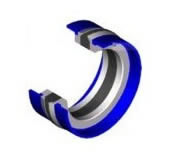 Hydraulic Seals
Hydraulic Seals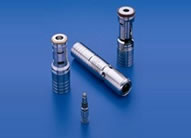 Hydraulic Valves
Hydraulic Valves Castings & Forgings
Castings & Forgings Bulk Material Handling
Bulk Material Handling Electrical & Electronic Components
Electrical & Electronic Components Flow Instrumentation
Flow Instrumentation Hardware
Hardware Material Handling Equipment
Material Handling Equipment Metal Cutting Services
Metal Cutting Services Metal Forming Services
Metal Forming Services Metal Suppliers
Metal Suppliers Motion Control Products
Motion Control Products Plant & Facility Equipment
Plant & Facility Equipment Plant & Facility Supplies
Plant & Facility Supplies Plastic Molding Processes
Plastic Molding Processes Pumps & Valves
Pumps & Valves Recycling Equipment
Recycling Equipment Rubber Products & Services
Rubber Products & Services